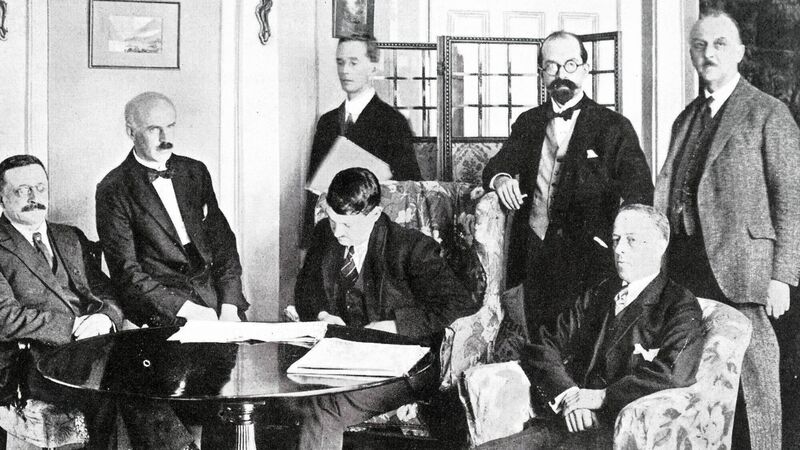Between Two Hells: The treaty that led to war

“It is not the duty of the historian to lecture the people of the past on how they should have done better,” says Ferriter.
- Between Two Hells: The Irish Civil War
- Diarmaid Ferriter
- Profile Books, €20
Try from €1.50 / week
SUBSCRIBE
“It is not the duty of the historian to lecture the people of the past on how they should have done better,” says Ferriter.
Newsletter
Music, film art, culture, books and more from Munster and beyond.......curated weekly by the Irish Examiner Arts Editor.
Newsletter
Music, film art, culture, books and more from Munster and beyond.......curated weekly by the Irish Examiner Arts Editor.
© Examiner Echo Group Limited